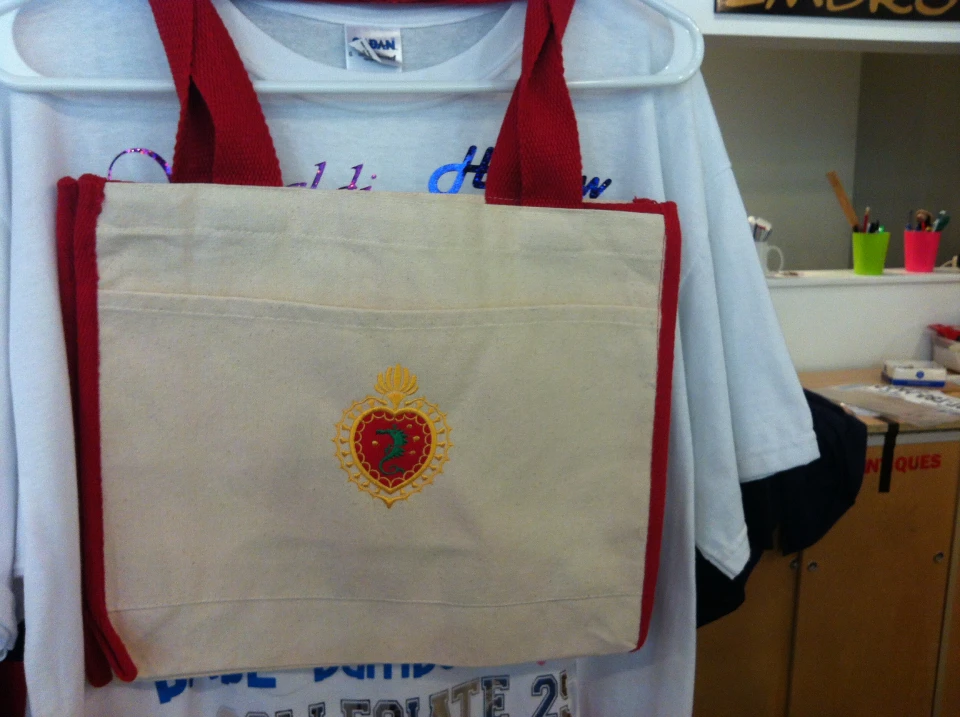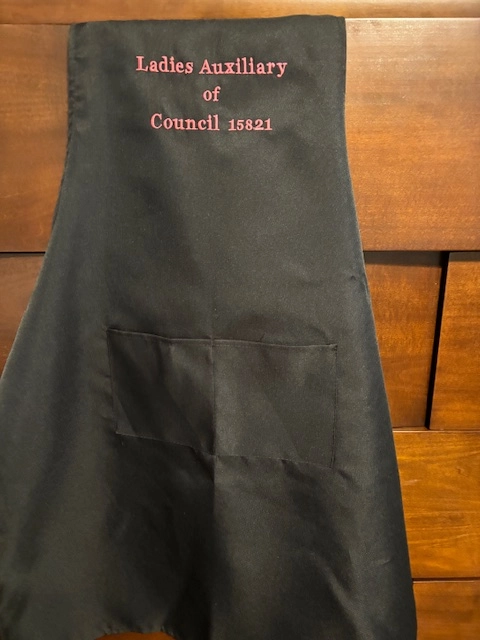Professional Screen Printing Solutions for T-Shirts, Aprons, and Extra
Professional Screen Printing Solutions for T-Shirts, Aprons, and Extra
Blog Article
The Art of Customized Embroidery: Unlocking the Keys to Creating Distinct and Memorable Styles
The keys to creating customized needlework designs that astound the eye and leave a lasting impression lie in a delicate balance of technique, creativity, and focus to information. As we delve right into the world of personalized needlework, we reveal the nuanced interaction in between string choice, stitch complexity, and design personalization that boosts a mere garment to a work of art.
Selecting the Right Embroidery Threads
When picking embroidery strings, what vital aspects should you think about to make certain the very best outcomes for your personalized styles? The selection of embroidery string is critical in determining the final result of your embroidered style. One of the main factors to consider is the product of the string. Various materials such as cotton, polyester, rayon, and silk use differing degrees of sheen, durability, and appearance. It is necessary to pick a thread product that matches the textile you are embroidering on and lines up with the preferred appearance of the layout.
Thicker threads can add measurement and appearance to your style, while finer threads are suitable for elaborate information and small text. In addition, considering the shade fastness and washability of the thread is critical to make sure that your custom designs keep their high quality and vibrancy over time.
Exploring Different Stitch Strategies
To dig right into the realm of 'Discovering Different Stitch Techniques', one must grasp the ins and outs and nuances that each sewing method gives the art of needlework. Different stitch methods not only add aesthetic passion but also add to the total texture and measurement of the layout. One prominent stitch strategy is the satin stitch, which involves very closely packed parallel stitches to create a smooth and shiny surface area, ideal for completing shapes and developing bold describes.
On the other hand, the backstitch is a functional technique usually made use of for outlining and adding fine information. It entails sewing backward to create a solid line of embroidery. In addition, the French knot stitch adds a tactile component to layouts, ideal for producing textured accents like flower facilities or ornamental touches.
Exploring various stitch techniques permits embroiderers to have fun with light, darkness, and depth within their designs, boosting the aesthetic allure and artistic quality of their needlework tasks. By mastering different stitching methods, one can open endless opportunities for developing special and memorable personalized needlework items.
Incorporating Personalized Design Aspects
Having explored the intricacies of different stitch strategies such as the satin stitch, backstitch, and French knot, the emphasis now shifts in the direction of incorporating personalized style components in customized needlework jobs. Personalized design aspects play a vital duty in making embroidery projects absolutely special and unforgettable. One means to integrate customization is by adding initials, names, or substantial days to the style. This not just adds a tailored touch however also enhances the emotional value of the needlework piece.
An additional method to incorporate tailored design components is by consisting of signs or motifs that hold special significance to the recipient or reflect their rate of interests and individuality. As an example, incorporating a favorite flower, pet, or hobby-related symbol can make the needlework design extra significant and personalized. In addition, picking shades that resonate with the recipient or align with the designated theme can even more boost the customization of the embroidery job.
Grasping the Art of Shade Sychronisation

One key facet of color control is recognizing color concept. This consists of knowing how different colors engage with each various other, the feelings they convey, and just how they can be incorporated to produce visually attractive layouts. By applying shade concept principles, embroiderers can create harmonious color schemes that boost the overall appearance of the design.
Additionally, taking notice of contrast is vital in color sychronisation. Utilizing contrasting shades can aid particular elements of the style pop, boost legibility, and create an aesthetically vibrant needlework piece. By understanding the art of color control, embroiderers can boost their styles and develop unforgettable pieces that resonate with customers and audiences alike.
Enhancing Texture With Advanced Embroidery Stitches

French knots, for instance, are excellent for including little, elevated dots to your design, imitating the look of grains or developing a textured custom tailored suits surface. Bullion knots, on the various other hand, can be utilized to produce twisted, ropelike elements that add an elegant feeling to the needlework. Seed stitching includes small, scattered stitches that can fill out locations with a multicolor appearance, while turkey work creates fluffy, dimensional accents similar to animal hair or foliage. Experimenting with these sophisticated needlework stitches enables you to push the borders of conventional embroidery and produce really special and aesthetically attractive appearances in your styles.
Final Thought
To conclude, the art of custom-made embroidery includes a mix of choosing the best strings, checking out numerous stitch methods, incorporating customized layout components, grasping shade control, and improving appearance with sophisticated stitches. By understanding and executing these crucial elements, embroiderers can produce special and memorable designs that display their creativity and skill. Embroidery lovers can unlock the secrets to creating lovely and bespoke pieces that stand out and leave a lasting perception.
Report this page